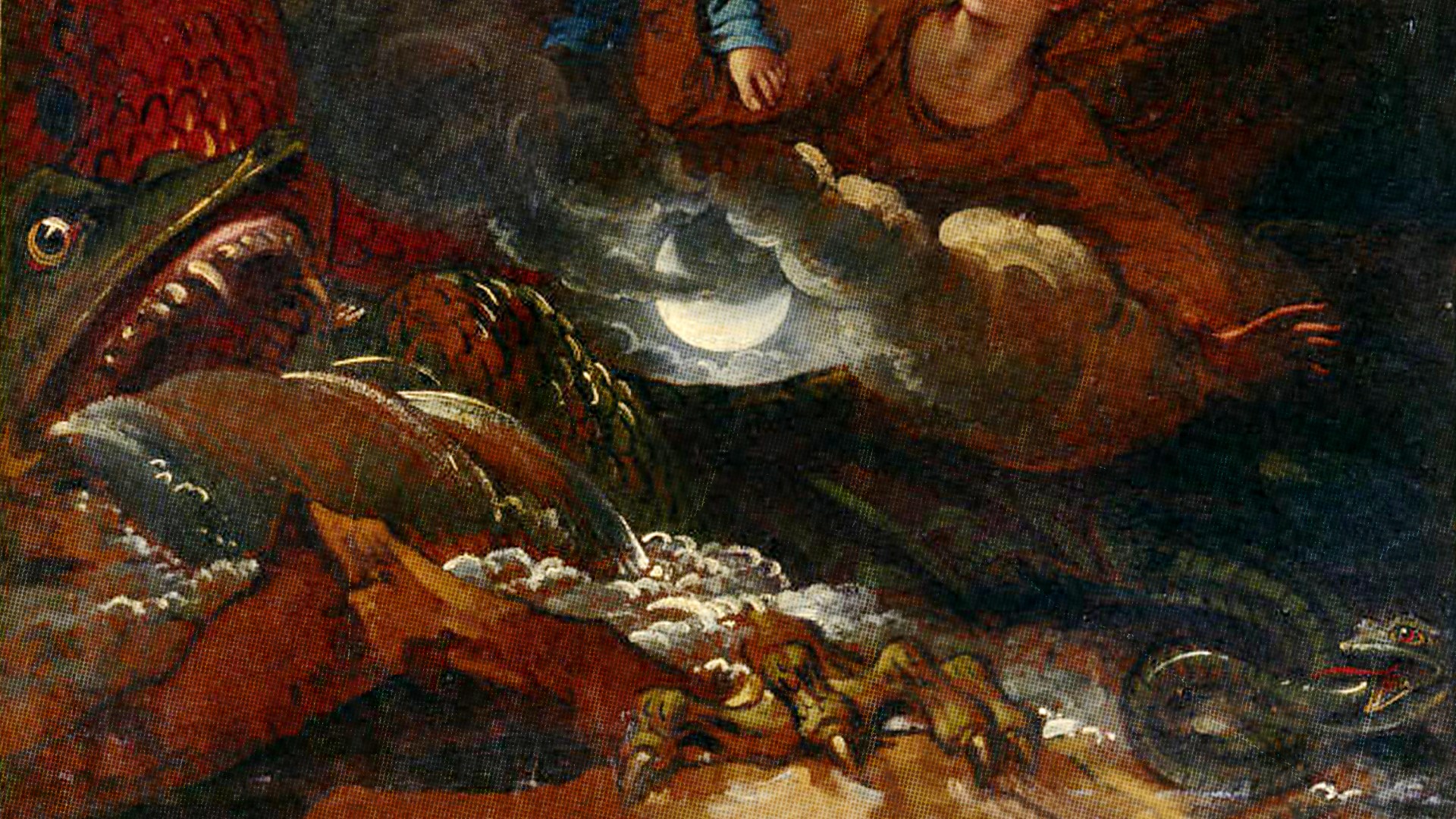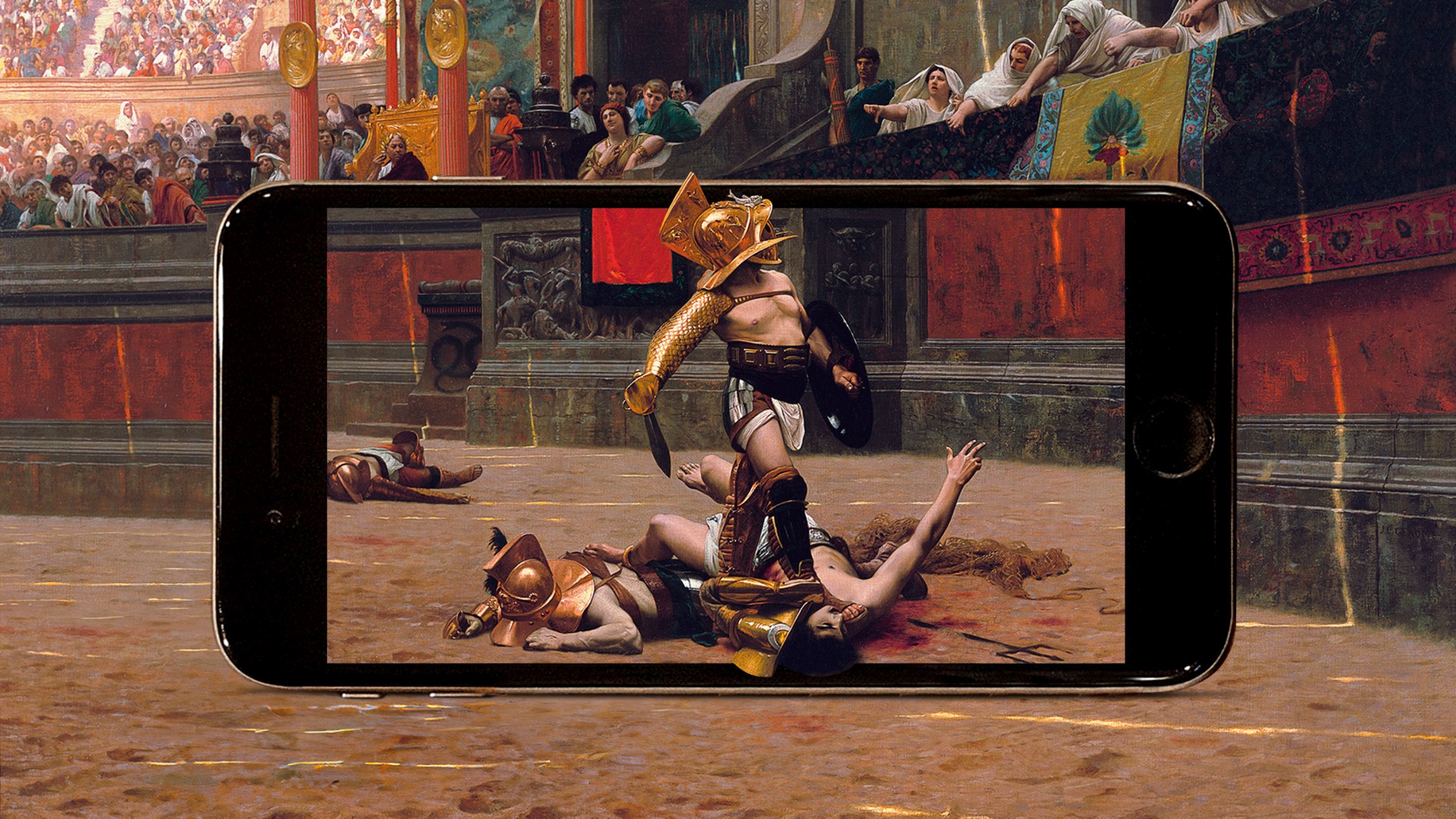Five Grammys. Sixty Dove Awards. Fifty No. 1 radio hits.
Steven Curtis Chapman is not lacking in industry honors. But this week the Christian music veteran is getting a little extra special recognition. On Friday, he’s going to be inducted into the membership of the Grand Ole Opry.
After nearly 40 years in the industry, Chapman’s entry into the country music institution is a full-circle moment. He first performed on the storied Nashville stage as a 19-year-old aspiring musician, just starting his career. Now, he will have a permanent place there.
The Grand Ole Opry, a live radio program broadcast from Nashville since 1925, has a rich history, featuring some of the biggest names in country and popular music—artists like B. B. King, Mahalia Jackson, and The Beach Boys have all appeared as guests. Membership is a lifetime invitation to be part of the regular roster of Opry performers. There are currently only 74 members, including Dolly Parton, Reba McEntire, Garth Brooks, Luke Combs, and Lainey Wilson.
Country artist Ricky Skaggs surprised Chapman with the membership announcement during a live show at the Opry in July. Chapman will be the first contemporary Christian music (CCM) star to become a member.
Fans know Chapman as a prolific CCM artist—the writer and performer of “Dive,” “The Great Adventure,” and “Cinderella.” But he has deep roots in country music, owing much of his musical formation to hours spent listening to broadcasts from the Grand Ole Opry as a child in Paducah, Kentucky. Chapman’s father, who was also a guitarist, dreamed of performing at the Opry.
Chapman said that the experience of singing in church with his family as a child gave him a love for faith-forward music that has kept him squarely in the Christian music space, despite opportunities over the years to cross over into the mainstream. But he has also always loved and appreciated country music.
He spoke with CT about his upcoming induction and the career trajectory that he never dreamed would lead him there.
There are a lot of awards on your shelves—5 Grammys, 60 Dove Awards. How is membership in the Grand Ole Opry different?
The Grand Ole Opry is part of this world of country music, and country music is a unique international language. I’ve been to China to talk with government officials about adoption advocacy with Show Hope, and when we do those kinds of things, I’ve learned that if I’ll just sing “Take Me Home, Country Roads,” suddenly the room is friendly and everyone is singing along.
Being a member of the Opry is being part of a very special family. You can look back at the history and all of the legends who have been there, and now you’re part of it. My dad had a dream of being on the Grand Ole Opry. That was the music he grew up with, Hank Williams and Bill Monroe. My dad played acoustic guitar, his best friend was a banjo player, and they played in a group together. He made trips to Nashville as a songwriter and was never able to afford a ticket to go to the Opry. He would sit in his car in the parking lot of the Ryman Auditorium and roll his window down to listen.
My dad laid that dream down when he gave his life to Christ. He knew he couldn’t chase this dream of making it as a country music star and be a good father. He had grown up without a father in his life, and he didn’t want that for me and my brother.
Being inducted as a member in the Grand Ole Opry, as the first Christian artist to be included, is a really cool “taste and see that the Lord is good” moment. It feels like God is honoring and blessing us in a really specific way—my dad’s still alive; so is my mom. So it’s a sweet moment for us to see the goodness of God in this journey.
You started your career at the Grand Ole Opry, but most of your fans think of you as a Christian artist, not a country artist. Did you ever consider trying to make it as a mainstream country artist?
I’ve always loved all kinds of music. The first song I learned on the guitar was “Folsom Prison Blues” by Johnny Cash. I was six years old and singing about going to prison. But gospel music, Christian music, became so important in my life and in my family’s life when I was about seven years old. My parents had a transformative conversion experience at a revival that came to our church, and we began to pray together, go to church, read the Bible, and sing together. I truly saw my family change.
We would sing Bill Gaither’s “He Touched Me,” and I would see the tears in my dad’s eyes as we sang, “Shackled by a heavy burden / ’Neath a load of guilt and shame / Then the hand of Jesus touched me / And now I am no longer the same.” I knew this wasn’t just a song. It was really true, and I love music that talks about that. I still loved rock-and-roll. I wore out my Eagles and Doobie Brothers records, and I would listen to country and bluegrass. And all of that is part of my DNA.
But when I sat down to write my first song, “Well Done,” it was based on the story from Jesus’ parable about the servants entrusted with the master’s talents. It must have been something we were talking about in youth group or I was reading on my own. This was the kind of music I was most drawn to, and it wasn’t because I thought I could have a career in it. It was just what came out of me when I sat down to write.

Over the years, there would be occasions when people would say, “You know, if you just left God out of a few songs or made it a little more subtle, man, you could really go big in the mainstream.” And I always had the same response. I was never opposed to it. I have always been open to performing in different spaces and with artists working in different genres. I’ve played shows where I played before artists like Kiss and Ted Nugent. I’ve always loved those kinds of moments. Obviously, I would love my music to have as much success as it can. But if I have to leave out the truth of what makes my songs what they are, I’m not really interested. My goal from the beginning was to tell my story and the story of God’s love and how it transformed my life.
Storytelling has always been one of your hallmarks as a songwriter, and it’s such an important part of the country music tradition as well. What draws you to musical storytelling?
Well, that very first song I learned, “Folsom Prison Blues,” it was a story. I also loved Glen Campbell when I was a kid. He recorded all these great songs written by Jimmy Webb, like “Wichita Lineman.” It’s just a song about a guy who checks telephone poles and power lines, but somehow I felt the sadness, I felt his longing to go home. A great storyteller with a song can do that—make you feel something.
There was a songwriter named Dallas Holm who was probably my biggest Christian music influence early on. He didn’t write churchy songs. They were really just stories of his life, and they were really honest. You felt like he was sitting down and telling you his story.
And think about the role of story in Scripture. Jesus was a masterful storyteller. He presented the kingdom of God to us through story so many times. “The kingdom of God is like this.” It makes it so much more understandable and real.
When you think about the songs you haven’t written yet, what kinds of stories are you anxious to tell in the next chapter of your career?
You know, I think the question I’ve wrestled with secretly is “Does the world really need another Steven Curtis Chapman song?” I’ve given the world a lot of songs. But the truth is, as long as I’m breathing and experiencing life, I’ll probably be writing. Songs will keep popping up, and I’ll keep wanting to sit down and do the best I can.








































































